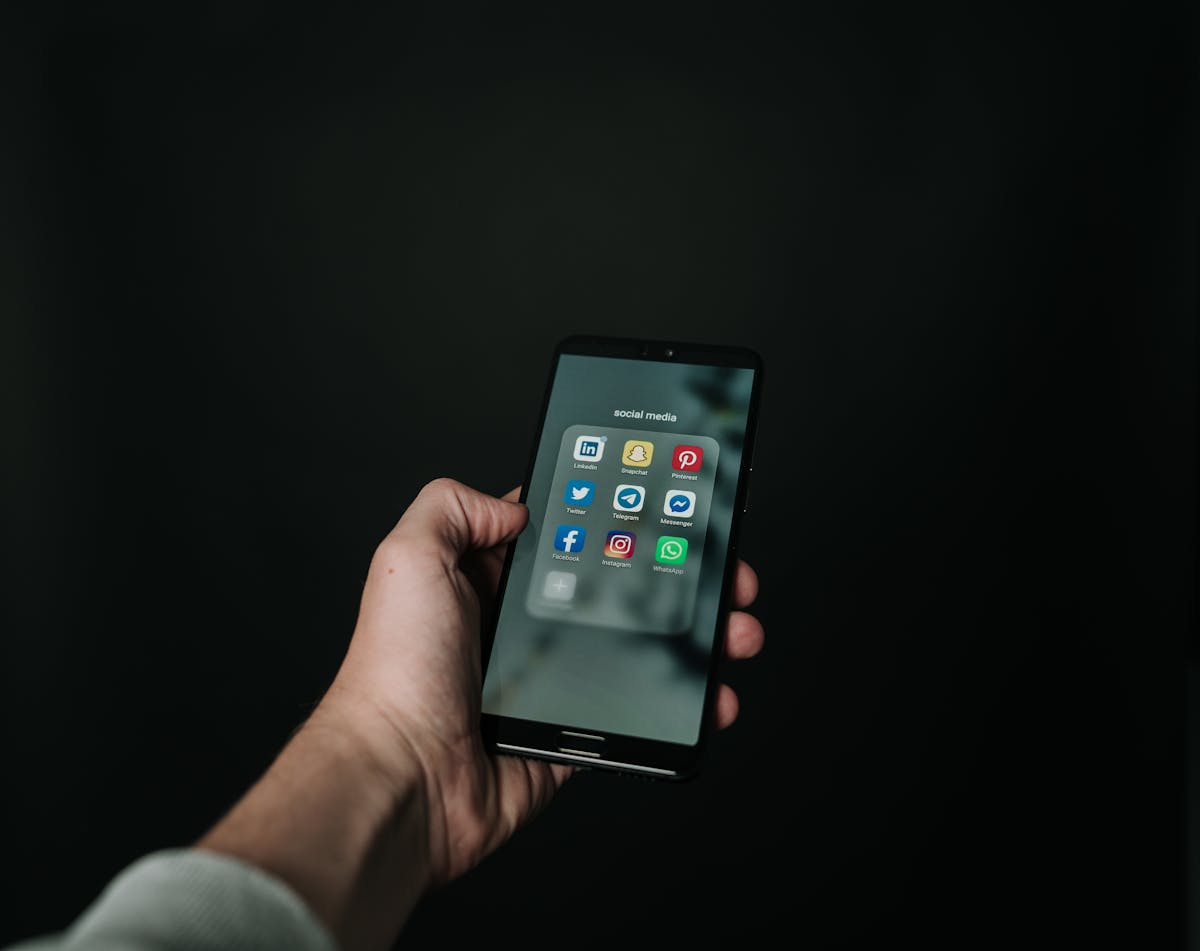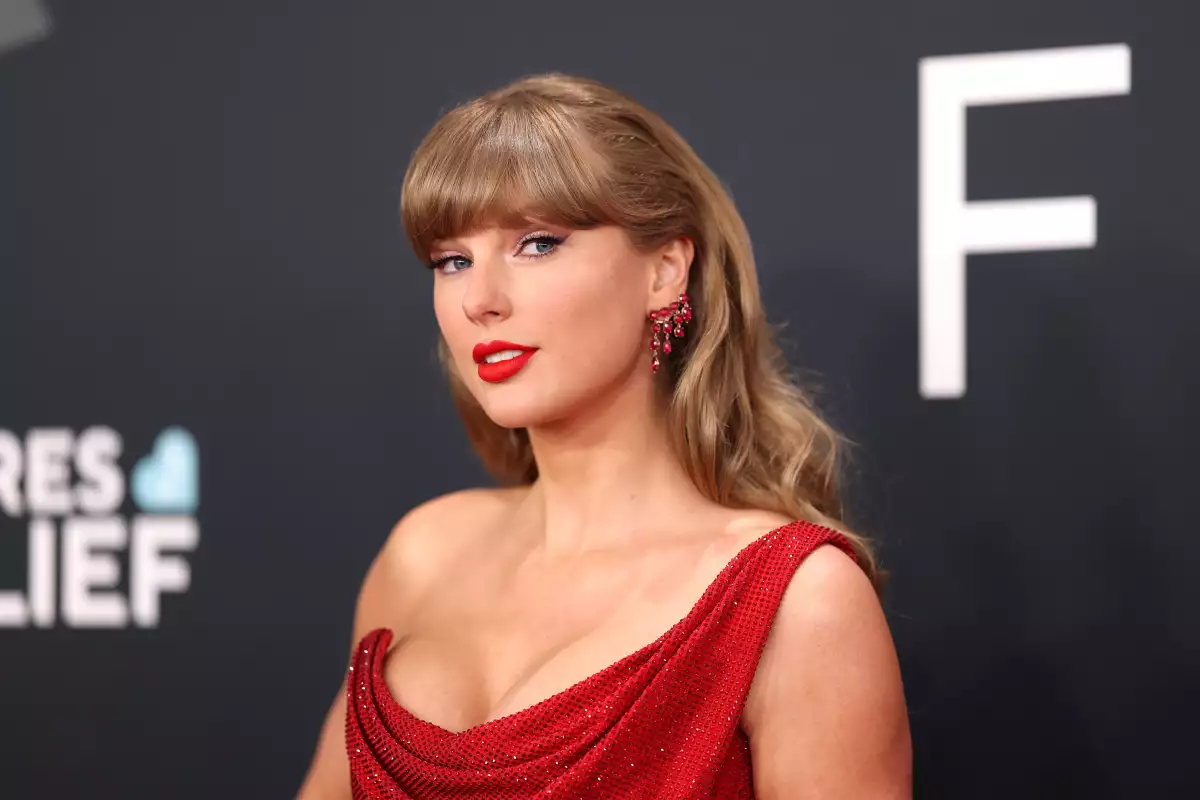Here is the translated text:
The realm of music has consistently been a platform for daring expressions, changing trends, and the reshaping of cultural standards. Nevertheless, even by 2025, the acceptance of sexual themes by women pop stars remains a topic of discussion. Musicians such as Sabrina Carpenter and Taylor Swift are often front and center in talks concerning empowerment, artistic expression, and social double standards. Despite many years of advancements in gender equality, it begs the question: why does sexual expression continue to provoke controversy for women in the pop music scene?
The modern era celebrates individuality and authenticity more than ever before. Social media amplifies artists’ ability to connect directly with fans, bypassing traditional gatekeepers. In theory, this freedom should allow women to express themselves without fear of judgment. However, public reactions to music videos, stage performances, and album concepts that incorporate sensuality show a lingering discomfort. It is as if society accepts confidence and independence in women—until that confidence manifests through sexuality.
For many, sexual expression in music is not just about entertainment but also about challenging deeply ingrained cultural narratives. When a female artist chooses to portray herself as sensual or provocative, the discussion often shifts from her talent to her morality. While male performers rarely face the same scrutiny for similar behavior, women encounter assumptions that their artistry is diminished by their sexual expression. These assumptions reveal how traditional gender expectations persist, even as pop culture claims to celebrate liberation.
Sabrina Carpenter perfectly embodies this intricate relationship. Renowned for her appealing pop tunes and lyrics that connect with many, she has lately added more daring visuals to her projects. Portrait sessions, live shows, and music videos with provocative themes have generated varied opinions on the internet. Some praise her for accepting her maturity as an artist, whereas others ponder if her transformation implies a “loss of innocence.” These responses mirror critiques directed at numerous women before, from Madonna in the 1980s to Britney Spears in the early 2000s.
Taylor Swift experiences comparable examination, although her handling of sexuality tends to be more understated. For a long time, Swift was known for her focus on narrative and emotional openness instead of explicit sensuality. Nevertheless, her recent works indicate an openness to delve into themes of closeness and physical longing in her songs. While plenty of fans see this as a mark of creative growth, critics readily scrutinize her decisions, interpreting lyrics and performances for indications of “challenging norms.” The persistence of these discussions in media shows how society still grapples with women who embrace their sexuality in public arenas.
The feedback that women in the arts encounter isn’t confined to conventional media outlets. Digital platforms enhance each viewpoint, forming echo chambers where discussions on ethics, feminism, and commercial purposes flourish. Just one photo or line can spark prolonged discussion on TikTok, X (previously known as Twitter), and Instagram. Although many of these discussions feature advocates of empowerment, they also reveal the ongoing presence of moral scrutiny. In this digital era, the disparities are amplified, turning every artistic choice into a possible source of contention.
In the past, the music industry has capitalized on appealing imagery, yet it tends to criticize women who engage in it by choice. When a performer opts to portray herself attractively on her terms, the conversation often changes to whether she is “compromising her integrity” or “craving attention.” These critiques ignore that sexuality is not inherently exploitative when it is self-directed. For numerous performers, sensuality is more than just a look; it is a vital component of narrative and emotional expression.
The conversation around sexuality in pop music also intersects with generational and cultural values. Older audiences often perceive sensual imagery as inappropriate or unnecessary, while younger listeners tend to view it as an expression of confidence and authenticity. These generational divides influence how music is received, marketed, and critiqued. The rise of global fandoms further complicates this dynamic, as cultural norms vary widely across regions. What is celebrated in one market may provoke outrage in another, forcing artists to navigate a complex web of expectations.
It is crucial to take into account the influence of feminism in this discussion. Supporters of gender parity contend that regulating women’s bodies and decisions reinforces patriarchal standards. Seen from this angle, when female pop icons assert their sexuality independently, they confront traditional restrictions that limited women to roles characterized by chastity and inactivity. On the other hand, detractors claim that popular pop culture frequently equates empowerment with sexual exposure, thereby perpetuating rather than breaking down objectification. This conflict highlights why conversations about empowerment in the music industry are seldom uncomplicated.
Economics is a crucial factor in this dialogue. The music industry operates as a business, and captivating visuals often lead to increased streams, ticket sales, and sponsorships. Some critics argue that provocative imagery is mainly a marketing tactic rather than a declaration of self-expression. Although commercial motivations certainly play a role, this viewpoint diminishes the artists’ autonomy. For numerous individuals, sexuality is a genuine part of their personal identity, not just a means to earn money. Separating artistic purpose from commercial strategy continues to be one of the most challenging dimensions of this discussion.
In 2025, with technology altering the way people enjoy music, artists are more visible than at any point before. Apps such as TikTok, YouTube, and Instagram enable audiences to engage with material instantly, turning each fashion choice, song line, or dance routine into a subject for public scrutiny. The contradiction is evident: the public calls for genuine expression from musicians but judges them fiercely when that genuineness disturbs societal norms. This inconsistency subjects female artists to intense scrutiny, compelling them to strike an unattainable balance between being daring yet uncontroversial, alluring yet dignified.
Despite the backlash, the continued embrace of sexuality by women in pop music reflects a larger cultural shift. These artists are not only creating entertainment but also engaging in conversations about autonomy, identity, and representation. By asserting control over their image and rejecting prescriptive notions of femininity, they pave the way for future generations to express themselves without apology. While progress is evident, the resistance they face proves that true equality in self-expression remains a work in progress.
La controversia que envuelve a figuras femeninas como Sabrina Carpenter y Taylor Swift destaca una más amplia inquietud social respecto a que las mujeres posean completamente sus historias, incluyendo sus identidades sexuales. Hasta que la percepción pública trascienda estereotipos anticuados, las discusiones sobre empoderamiento frente a explotación seguirán ocupando los titulares. Lo que está claro es que estas discusiones son vitales para cuestionar dobles estándares y promover una cultura que respete la elección individual.
As the decade unfolds, the question persists: will society ever view female sexuality in pop music without suspicion or moral judgment? The answer lies not only in the hands of the artists but also in the willingness of audiences to confront their biases. Until then, every bold lyric, every daring costume, and every unapologetic performance will remain both a creative expression and a cultural battleground.




